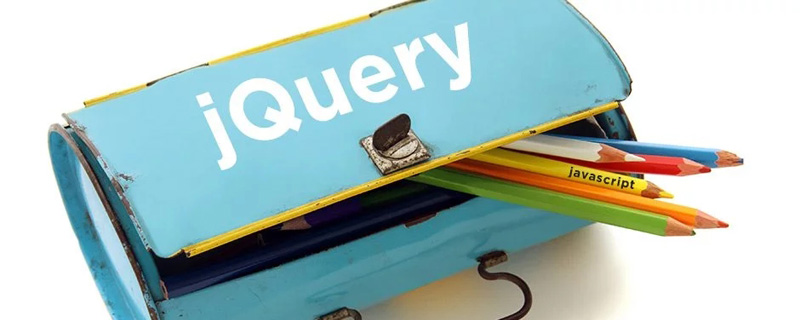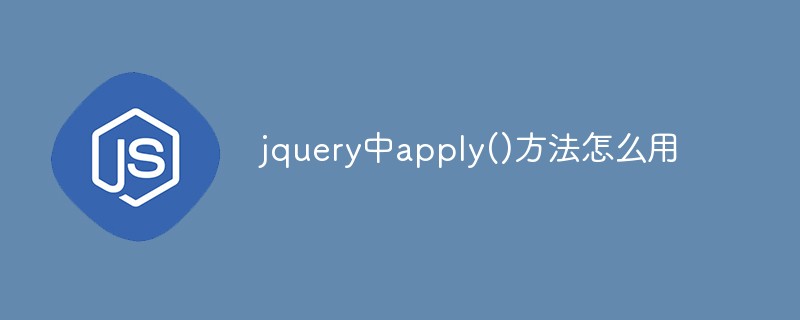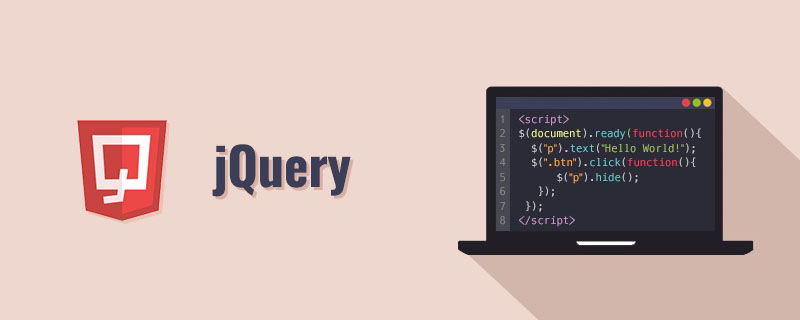
Introduction to jQuery event binding method
jQuery is a very popular JavaScript library that simplifies page operations and event handling. In jQuery, event binding is a very common operation, and corresponding actions can be triggered through event binding methods. This article will introduce several commonly used jQuery event binding methods, and attach specific code examples.
1. .on() method
.on() method is one of the most commonly used event binding methods in jQuery. It can bind one or more elements to one or more elements. event. The syntax is as follows:
$(selector).on(event, function);
Among them, selector represents the element to be bound to the event, event represents the event type to be bound (such as click, mouseover, etc.), and function represents the function to be executed when the event is triggered.
The sample code is as follows:
$("button").on("click", function(){
alert("按钮被点击了!");
});2. .click() method
.click() method is a simplified version of .on() method, used to bind elements Define click event. The syntax is as follows:
$(selector).click(function);
The sample code is as follows:
$("button").click(function(){
alert("按钮被点击了!");
});3. .bind() method
.bind() method is also used to bind events in jQuery 3.0 It has been deprecated and it is recommended to use the .on() method instead. The syntax is as follows:
$(selector).bind(event, function);
The sample code is as follows:
$("button").bind("click", function(){
alert("按钮被点击了!");
});4. .delegate() method
.delegate() method is used for event delegation and can be used for dynamically added elements Bind events. The syntax is as follows:
$(ancestorSelector).delegate(descendantSelector, event, function);
Among them, ancestorSelector represents the ancestor element, descendantSelector represents the descendant element, event represents the event type to be bound, and function represents the function to be executed when the event is triggered.
The sample code is as follows:
$("ul").delegate("li", "click", function(){
alert("列表项被点击了!");
});5. .live() method
.live() method is also used for event delegation, but it has been deprecated in jQuery 1.7, It is recommended to use the .on() method instead. The syntax is as follows:
$(selector).live(event, function);
The sample code is as follows:
$("button").live("click", function(){
alert("按钮被点击了!");
});Through the introduction of this article, readers can learn about several commonly used jQuery event binding methods and get started quickly through code examples. In actual development, choosing the appropriate event binding method according to specific scenarios and needs not only improves the efficiency of the code, but also improves the user experience. I hope readers will be able to use jQuery with ease and write smoother front-end interactive code.
The above is the detailed content of A brief introduction to jQuery event binding. For more information, please follow other related articles on the PHP Chinese website!
 jquery实现多少秒后隐藏图片Apr 20, 2022 pm 05:33 PM
jquery实现多少秒后隐藏图片Apr 20, 2022 pm 05:33 PM实现方法:1、用“$("img").delay(毫秒数).fadeOut()”语句,delay()设置延迟秒数;2、用“setTimeout(function(){ $("img").hide(); },毫秒值);”语句,通过定时器来延迟。
 axios与jquery的区别是什么Apr 20, 2022 pm 06:18 PM
axios与jquery的区别是什么Apr 20, 2022 pm 06:18 PM区别:1、axios是一个异步请求框架,用于封装底层的XMLHttpRequest,而jquery是一个JavaScript库,只是顺便封装了dom操作;2、axios是基于承诺对象的,可以用承诺对象中的方法,而jquery不基于承诺对象。
 jquery怎么修改min-height样式Apr 20, 2022 pm 12:19 PM
jquery怎么修改min-height样式Apr 20, 2022 pm 12:19 PM修改方法:1、用css()设置新样式,语法“$(元素).css("min-height","新值")”;2、用attr(),通过设置style属性来添加新样式,语法“$(元素).attr("style","min-height:新值")”。
 jquery怎么在body中增加元素Apr 22, 2022 am 11:13 AM
jquery怎么在body中增加元素Apr 22, 2022 am 11:13 AM增加元素的方法:1、用append(),语法“$("body").append(新元素)”,可向body内部的末尾处增加元素;2、用prepend(),语法“$("body").prepend(新元素)”,可向body内部的开始处增加元素。
 jquery怎么删除div内所有子元素Apr 21, 2022 pm 07:08 PM
jquery怎么删除div内所有子元素Apr 21, 2022 pm 07:08 PM删除方法:1、用empty(),语法“$("div").empty();”,可删除所有子节点和内容;2、用children()和remove(),语法“$("div").children().remove();”,只删除子元素,不删除内容。
 jquery中apply()方法怎么用Apr 24, 2022 pm 05:35 PM
jquery中apply()方法怎么用Apr 24, 2022 pm 05:35 PM在jquery中,apply()方法用于改变this指向,使用另一个对象替换当前对象,是应用某一对象的一个方法,语法为“apply(thisobj,[argarray])”;参数argarray表示的是以数组的形式进行传递。
 jquery怎么去掉只读属性Apr 20, 2022 pm 07:55 PM
jquery怎么去掉只读属性Apr 20, 2022 pm 07:55 PM去掉方法:1、用“$(selector).removeAttr("readonly")”语句删除readonly属性;2、用“$(selector).attr("readonly",false)”将readonly属性的值设置为false。
 jquery on()有几个参数Apr 21, 2022 am 11:29 AM
jquery on()有几个参数Apr 21, 2022 am 11:29 AMon()方法有4个参数:1、第一个参数不可省略,规定要从被选元素添加的一个或多个事件或命名空间;2、第二个参数可省略,规定元素的事件处理程序;3、第三个参数可省略,规定传递到函数的额外数据;4、第四个参数可省略,规定当事件发生时运行的函数。


Hot AI Tools

Undresser.AI Undress
AI-powered app for creating realistic nude photos

AI Clothes Remover
Online AI tool for removing clothes from photos.

Undress AI Tool
Undress images for free

Clothoff.io
AI clothes remover

AI Hentai Generator
Generate AI Hentai for free.

Hot Article

Hot Tools

SecLists
SecLists is the ultimate security tester's companion. It is a collection of various types of lists that are frequently used during security assessments, all in one place. SecLists helps make security testing more efficient and productive by conveniently providing all the lists a security tester might need. List types include usernames, passwords, URLs, fuzzing payloads, sensitive data patterns, web shells, and more. The tester can simply pull this repository onto a new test machine and he will have access to every type of list he needs.

MinGW - Minimalist GNU for Windows
This project is in the process of being migrated to osdn.net/projects/mingw, you can continue to follow us there. MinGW: A native Windows port of the GNU Compiler Collection (GCC), freely distributable import libraries and header files for building native Windows applications; includes extensions to the MSVC runtime to support C99 functionality. All MinGW software can run on 64-bit Windows platforms.

SublimeText3 Mac version
God-level code editing software (SublimeText3)

SAP NetWeaver Server Adapter for Eclipse
Integrate Eclipse with SAP NetWeaver application server.

Zend Studio 13.0.1
Powerful PHP integrated development environment







